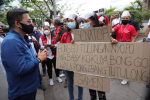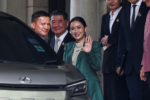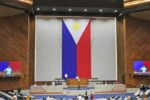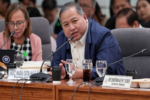Trump says US will charge 19% tariff on goods from Philippines
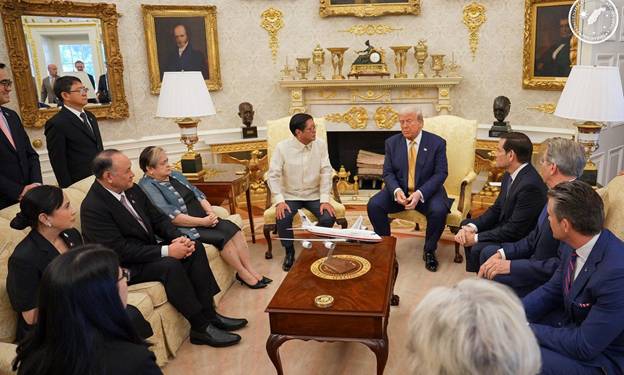
By Reuters
WASHINGTON —US President Donald Trump announced a new 19% tariff rate for goods from the Philippines after what he called a “beautiful visit” by Philippine President Ferdinand Marcos Jr. to the White House, saying US goods would pay zero tariffs.
Trump posted the news on his Truth Social media platform after meeting with Marcos in the Oval Office, where he had signaled a deal could be reached during the visit.
“It was a beautiful visit, and we concluded our Trade Deal, whereby The Philippines is going OPEN MARKET with the United States, and ZERO Tariffs. The Philippines will pay a 19% Tariff,” Trump said, calling Marcos a “very good and tough negotiator.”
Trump said the two Pacific allies would also work together militarily but gave no details.
Marcos, the first Southeast Asian leader to meet Trump in his second term, told reporters at the start of the meeting that the United States was his country’s “strongest, closest, most reliable ally.”
Later in a talk with reporters, Marcos described the development as a “significant achievement.”
“We managed to bring down 20 percent tariff rate for the Philippines to 19. One percent might seem like a very small concession. However, if you put it into real terms, it is a significant achievement,” he told reporters after meeting Trump at the White House.
Marcos also clarified that not all goods entering the Philippines from the United States will get a zero tariff.
The Philippine leader said the zero tariff will only apply to certain markets.
When asked if the deal was more favorable to the US, Marcos replied, “That’s how negotiations go. Why the tariff went up from 17% to 20% is internal to the US government.”
The 19% tariff rate was just below the 20% threatened by Trump earlier this month, but above the 17% rate set in April when Trump announced what he called reciprocal tariff rates for dozens of countries. It matches the 19% rate announced for Indonesia and bests Vietnam’s slightly higher rate of 20%.
The United States had a deficit of nearly $5 billion with the Philippines last year on bilateral goods trade of $23.5 billion.
Trump said the two countries did “a lot of business” with each other, adding the “very big numbers” in the trade agreement would only grow larger.
During the Oval Office event, Trump said he may visit China for a landmark trip “in the not-too-distant future” and noted the Philippines had distanced itself from Beijing after his election last November.
“The country was maybe tilting toward China, but we un-tilted it very, very quickly,” Trump said.
The U.S. president has sought to lower tensions with Beijing in recent weeks after pausing a tit-for-tat tariff war that has upended global trade and supply chains. US Treasury Secretary Scott Bessent said on Tuesday he would meet with Chinese officials in Sweden next week.
Critics warn Trump’s tariffs on nearly all foreign goods could boost prices for US consumers, complicating his push for the Federal Reserve to lower interest rates.
No comment was immediately available from Marcos, who did not speak to reporters before leaving the White House grounds.
Philippine Assistant Foreign Secretary Raquel Solano said last week trade officials have been working with US counterparts seeking to seal a “mutually acceptable and mutually beneficial” deal.
Protesters gathered near the White House as Marcos arrived, demanding the Philippine leader address pleas of Filipino Americans and migrant workers who have made multiple requests for support amid U.S. immigration raids.
Trump underscored the importance of the US-Philippine military relationship.
“They’re a very important nation militarily, and we’ve had some great drills lately,” he said.
Marcos, who arrived in Washington on Sunday, met with Defense Secretary Pete Hegseth and Secretary of State Marco Rubio on Monday. During his trip, he will also meet US business leaders investing in the Philippines.
Philippine officials say Marcos planned to stress that Manila must become economically stronger if it is to serve as a truly robust US partner in the Indo-Pacific.
He told reporters his country was modernizing its military in response to tensions with Beijing in the South China Sea. Reuters
